5G vs. 6G: What to Expect from the Future of Connectivity
Smart Gadgets to Watch Out for in 2025
5G vs. 6G: What to Expect from the Future of Connectivity
Introduction
The evolution of mobile networks has been a game-changer in how we connect, communicate, and access information. With 5G technology rolling out globally, many are already speculating about 6G, the next-generation network that promises even more revolutionary advancements. But what exactly is the difference between 5G and 6G, and what can we expect from the future of connectivity?
In this article, we'll compare 5G vs. 6G, covering key aspects like speed, latency, applications, and how these networks will shape the digital world.

What is 5G?
5G (Fifth-Generation Wireless Technology) is the latest mobile network, offering faster speeds, lower latency, and improved connectivity compared to 4G. It enables ultra-fast internet, seamless streaming, smart cities, and IoT (Internet of Things) applications.
Key Features of 5G:
✔ Speed: Up to 10 Gbps, nearly 100 times faster than 4G.
✔ Latency: 1-10 milliseconds, significantly lower than 4G.
✔ Connectivity: Supports massive IoT devices simultaneously.
✔ Use Cases: Autonomous cars, smart cities, cloud gaming, and remote surgeries.
Current Status: 5G is currently being rolled out worldwide, but its infrastructure is still expanding.
What is 6G?
6G (Sixth-Generation Wireless Technology) is the next evolution in mobile networks, expected to launch commercially by 2030. It aims to bridge the physical and digital worlds, offering terahertz-level speeds, zero-latency communication, and advanced AI-powered network management.
Key Features of 6G:
✔ Speed: Expected to be 100-1000 times faster than 5G, reaching 1 Tbps (Terabit per second).
✔ Latency: Near zero latency (less than 1 millisecond).
✔ AI Integration: 6G will rely on AI-driven self-optimizing networks.
✔ Holographic Communication: 6G will support real-time holographic interactions.
✔ Smart Surfaces & IoT Evolution: Advanced connectivity for smart homes, healthcare, and transportation.
Current Status: 6G is still in the research phase, with major tech companies like Samsung, Huawei, and Nokia working on its development.
5G vs. 6G: Key Differences
| Feature | 5G | 6G |
|---|---|---|
| Speed | Up to 10 Gbps | Expected 1 Tbps |
| Latency | 1-10 ms | Less than 1 ms |
| Bandwidth | Uses mmWave (millimeter waves) | Uses Terahertz (THz) frequencies |
| AI Integration | Limited AI-based optimization | Fully AI-driven networks |
| IoT Connectivity | Supports millions of devices per km² | Supports billions of devices per km² |
| Use Cases | Smart cities, AR/VR, gaming, remote work | AI-powered IoT, holograms, quantum computing, space-based internet |
| Commercial Launch | 2020-2025 | 2030+ (Expected) |
How Will 6G Change the Future?
-
Ultra-Fast Internet Everywhere:
- 6G will offer near-instantaneous downloads, allowing users to stream 8K videos, AR/VR content, and large files in seconds.
-
Holographic & Immersive Experiences:
- Video calls will evolve into 3D holographic communications, making virtual meetings feel real.
-
AI-Powered Connectivity:
- Networks will self-manage, optimize, and predict demand to reduce congestion and improve efficiency.
-
Space-Based Internet:
- 6G will utilize satellites to provide high-speed internet in rural and remote areas.
-
Advanced Healthcare & Telemedicine:
- Doctors will perform real-time remote surgeries with zero latency.
-
Smart Cities & IoT Evolution:
- 6G will support fully automated cities, from self-driving cars to AI-driven energy grids.
Challenges in Implementing 6G
- High Infrastructure Costs: Building 6G networks requires advanced technology and expensive equipment.
- Energy Consumption: 6G may increase power demands, requiring sustainable solutions.
- Security & Privacy Risks: As networks become more AI-driven, cybersecurity concerns will rise.
Conclusion: Is 6G the Future?
While 5G is still in the expansion phase, 6G is expected to revolutionize connectivity by making the internet faster, more intelligent, and widely accessible. With the promise of AI-driven networks, real-time holographic communication, and terabit-level speeds, 6G will be a game-changer in the next decade.
However, for now, 5G remains the best option, as 6G is still under research. But once it arrives, it will redefine the way we interact with technology forever. 🚀


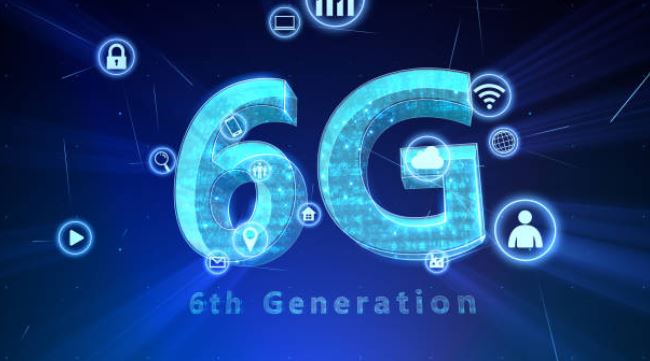


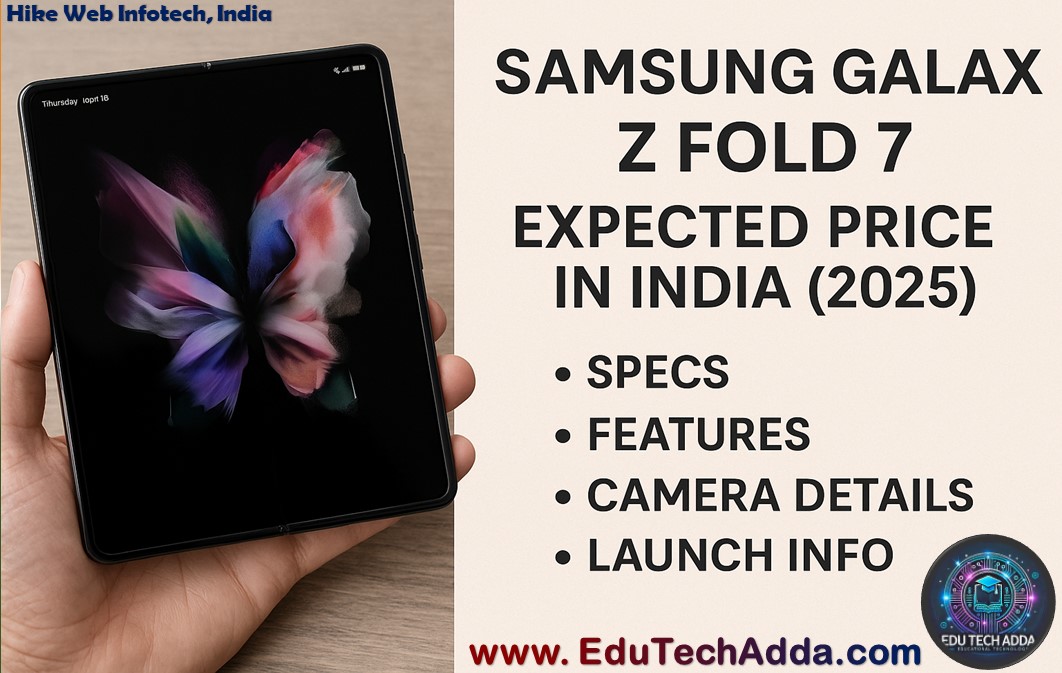
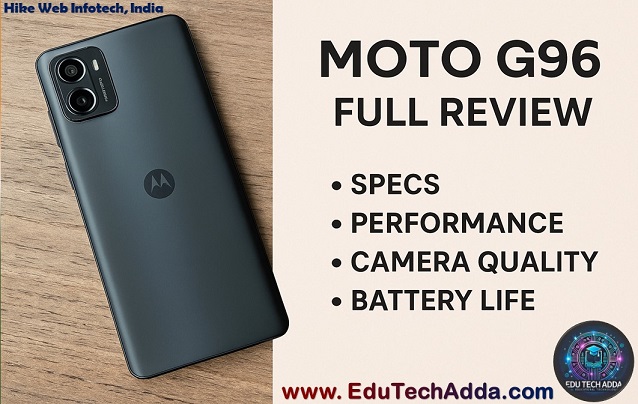

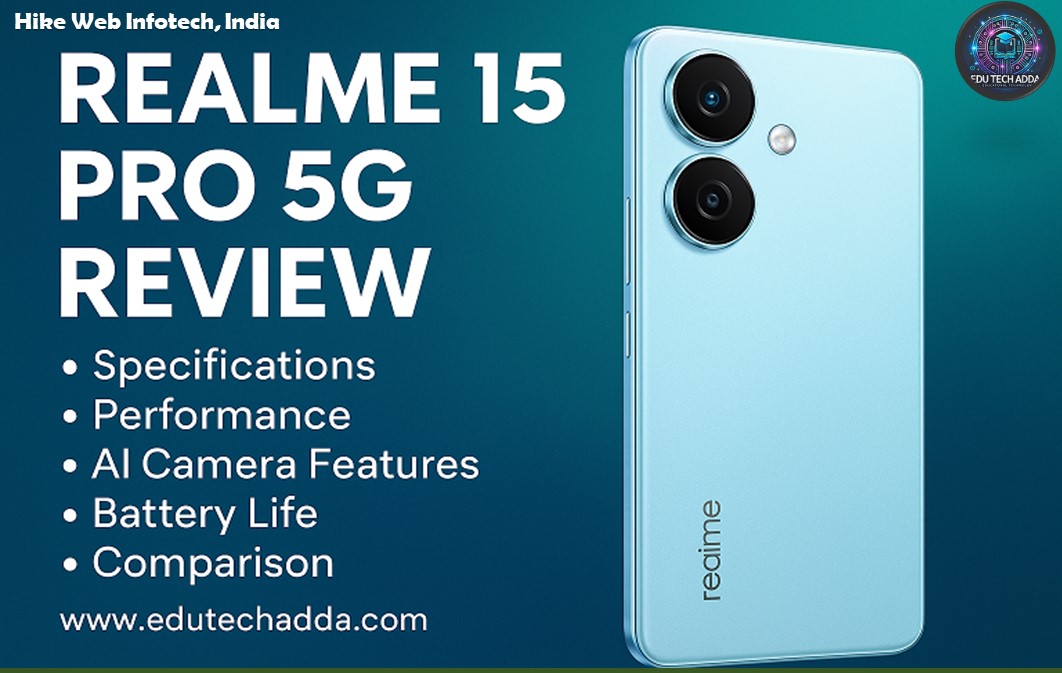

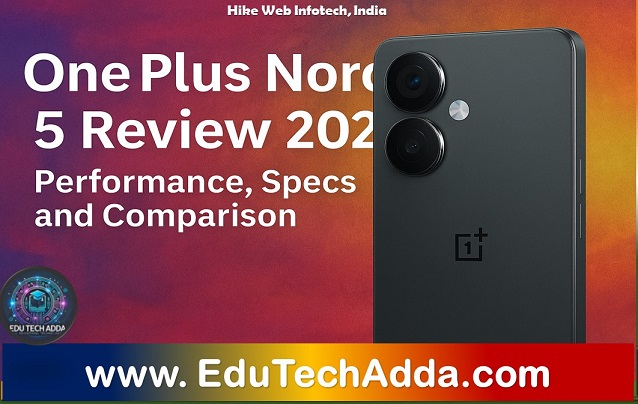



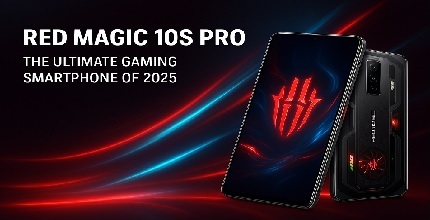
Leave Message